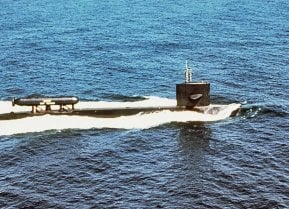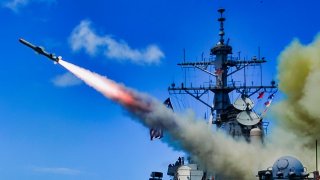The Harpoon Missile: A Great But Obsolete Weapon?
The Harpoon missile, first developed in 1977 by McDonnell Douglas, revolutionized naval warfare with its radar-homing and sea-skimming capabilities. Designed to counter Soviet threats like the Styx missile, the Harpoon provided U.S. forces with over-the-horizon strike abilities.
What You Need to Know: The Harpoon missile, first developed in 1977 by McDonnell Douglas, revolutionized naval warfare with its radar-homing and sea-skimming capabilities. Designed to counter Soviet threats like the Styx missile, the Harpoon provided U.S. forces with over-the-horizon strike abilities.
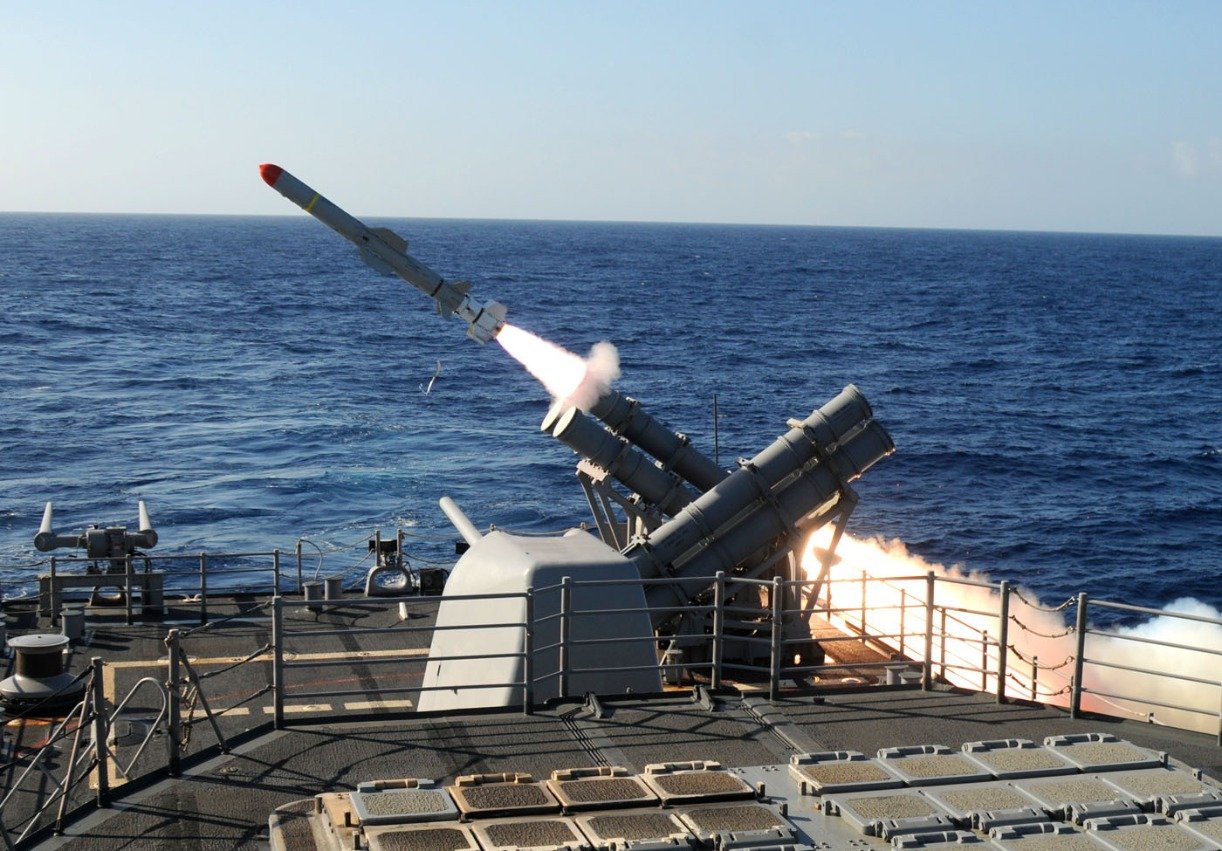
-Over time, it has been upgraded with increased range, GPS guidance, and multi-platform versatility, serving on ships, submarines, and aircraft. The Harpoon’s influence extends beyond combat, prompting the development of advanced defense systems.
-While evolving threats, particularly from China’s A2/AD strategies, may challenge its effectiveness, the Harpoon remains a critical asset in naval operations worldwide.
How the Harpoon Missile Changed Naval Warfare Forever
An all-weather, over-the-horizon, anti-ship missile, represents a significant development in naval warfare technology since it was first built by McDonnell Douglas (now Boeing) in 1977. In fact, the 1970s saw an explosion of new technologies that fundamentally changed the way of American warfare forever.
Indeed, the new weapons and capabilities that coincided with the digital revolution that began around this same time are what allowed for the US to ultimately leapfrog the Soviet Union and likely contributed to the ultimate collapse of the USSR and the end of the Cold War, since the Reds could not keep up with the radical new technologies that were maturing in the US at this time.
The Harpoon was originally meant as a response to the Soviet-made Styx missile. This system was behind the sinking of the Israeli destroyer Eliat in 1967. Because of this incident with the Soviet Styx missile, the Americans understood that their surface warships now were vulnerable to Soviet weapons.
So, the Americans went to work on a new missile, the Harpoon, that could engage multiple targets farther away from the ships deploying the Harpoon than the systems that were currently available to the Americans.
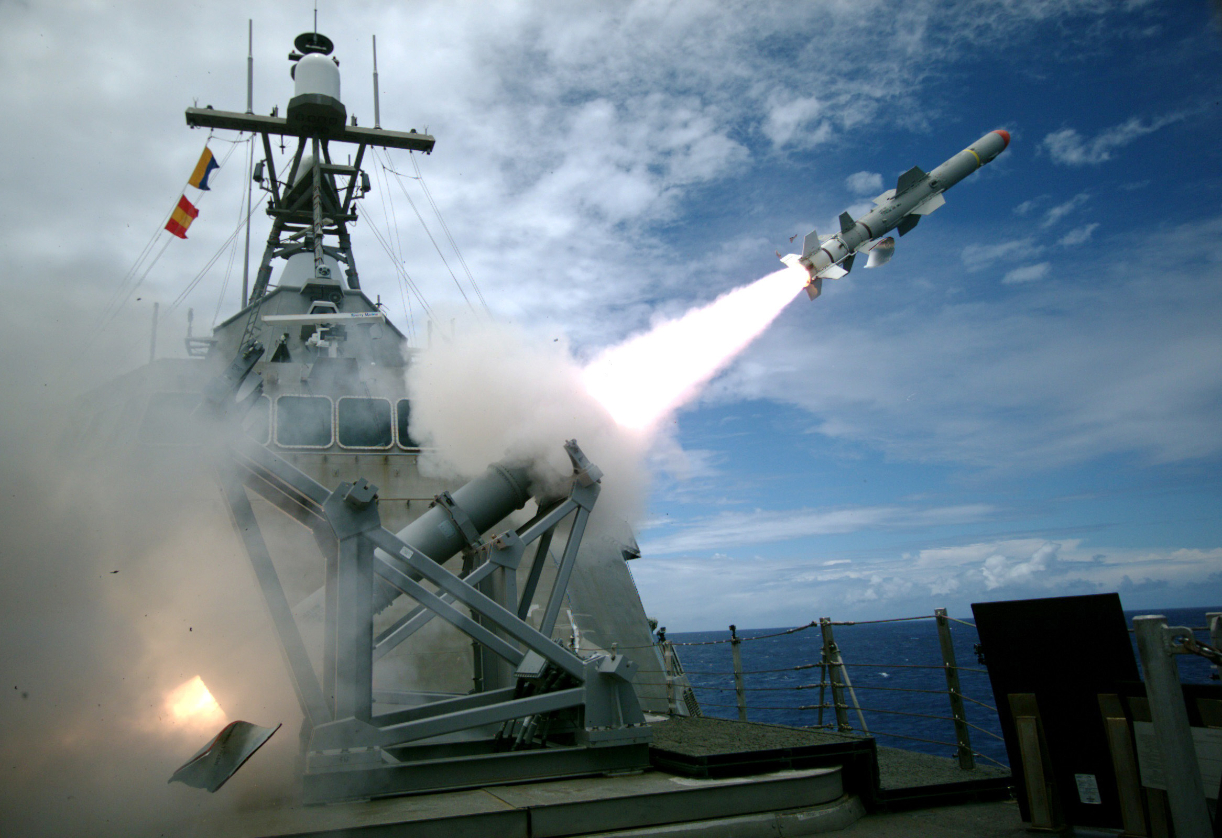
Some Interesting Features
Incredible features were incorporated into this now legendary American missile. Capabilities like radar-homing and sea-skimming flight (to evade radar detection) have contributed to the ubiquity of this American-made missile.
Over time, the military has upgraded the Harpoon missile. The missile range has been increased, as have the guidance and, therefore, overall lethality. In later version, the military incorporated global positioning system (GPS) guidance.
America’s Harpoon II is basically deployed across all platforms. It strikes out from the air, from the surface, and even submarines. Because of this flexibility in the Harpoon, it is used by a variety of navies around the world.
In fact, it made its first debut in the Iran-Iraq War, where it was used in various engagements. Interestingly, the Harpoons were used by Iran, at that time an enemy of the United States, against Iraqi targets, that were supported by America.
The Harpoon’s impact on naval warfare extends beyond its capabilities. The Harpoon has influenced the design of naval ships the world over. It has led to the development of better defensive systems, like chaff, decoys, and advanced radar systems to counter the threat Harpoons pose, too.
More importantly, the Harpoon’s development spurred the creation of other, more advanced systems—both offensive and defensive—that ushered in an era where missile technology plays a key role in projecting naval power.
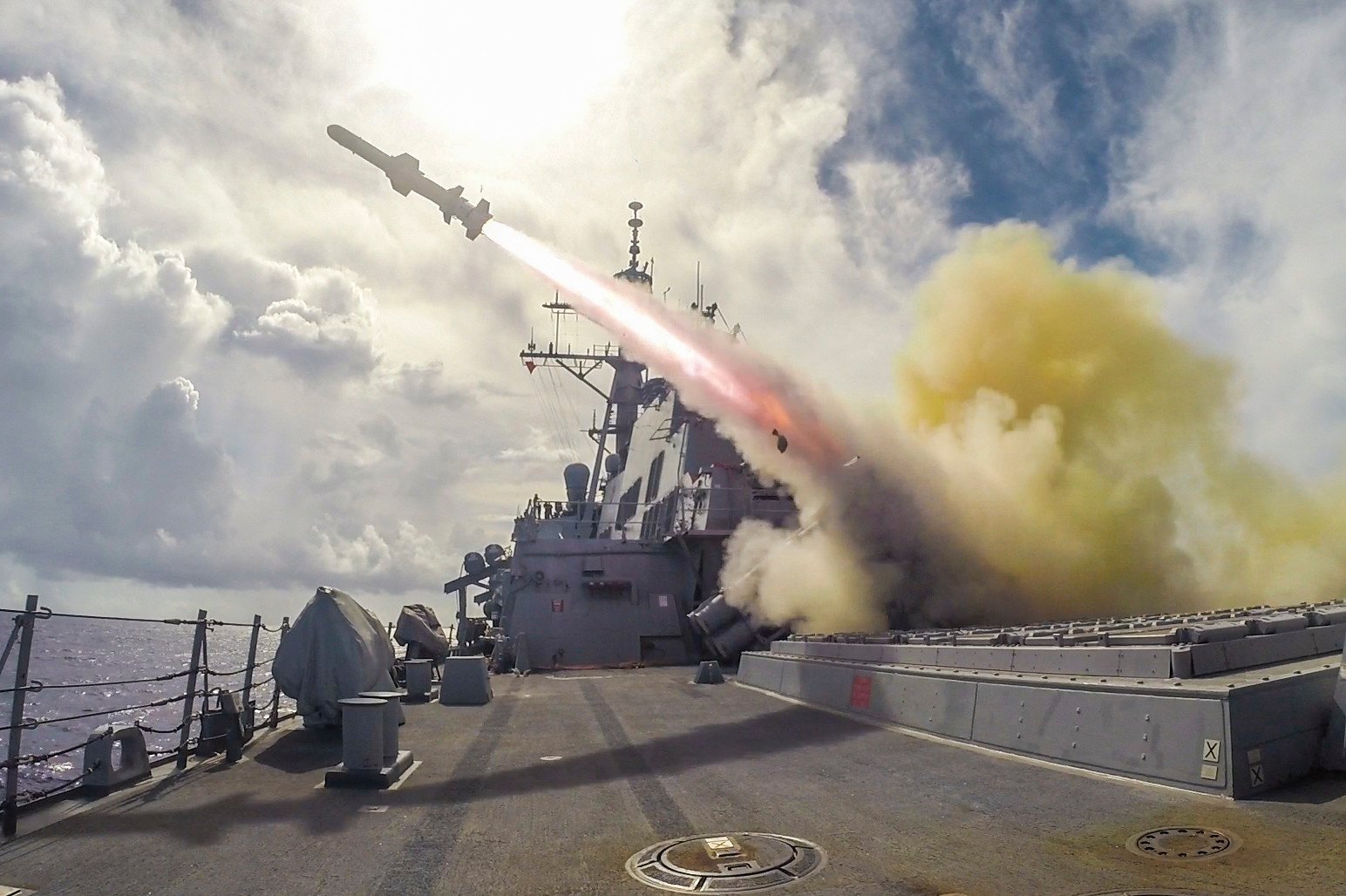
Where Do We Go from Here?
From a strategic point of view, the Harpoon has contributed to the concept of sea control and area denial. The ability for the Harpoon to threaten enemy ships from beyond-the-visual-range has helped to enshrine the US Navy’s dominance through the implicit threat of its presence (even, or especially, when it cannot be seen by enemy ships).
Undoubtedly, the Harpoon will continue playing an outsized role in the US Navy (and several other navies). The only problem that the US Navy faces today is that the Harpoons, like so many advanced weapons platforms that helped America defeat the Soviets, are now being made obsolete by enemy advances—notably the incredible technological innovations occurring in China.
Still, the Harpoon should never be underestimated and can be useful for an American Navy that is increasingly hard-pressed to enter regions that are defended by Chinese anti-access/area-denial (A2/AD).
Author Experience and Expertise: Brandon J. Weichert
Brandon J. Weichert, a National Interest national security analyst, is a former Congressional staffer and geopolitical analyst who is a contributor at The Washington Times, the Asia Times, and The-Pipeline. He is the author of Winning Space: How America Remains a Superpower, Biohacked: China’s Race to Control Life, and The Shadow War: Iran’s Quest for Supremacy. His next book, A Disaster of Our Own Making: How the West Lost Ukraine, is due October 22 from Encounter Books. Weichert can be followed via Twitter @WeTheBrandon.
All images are Creative Commons or Shutterstock.
From the Vault
